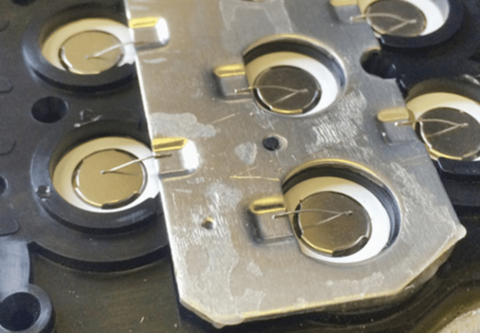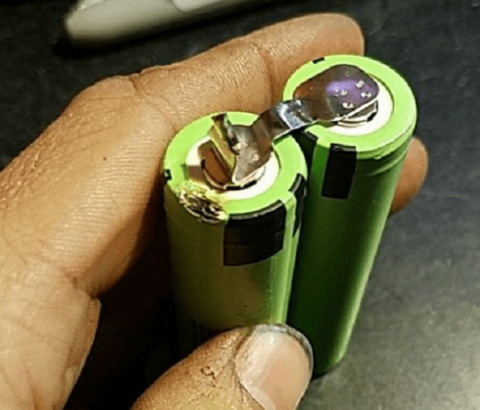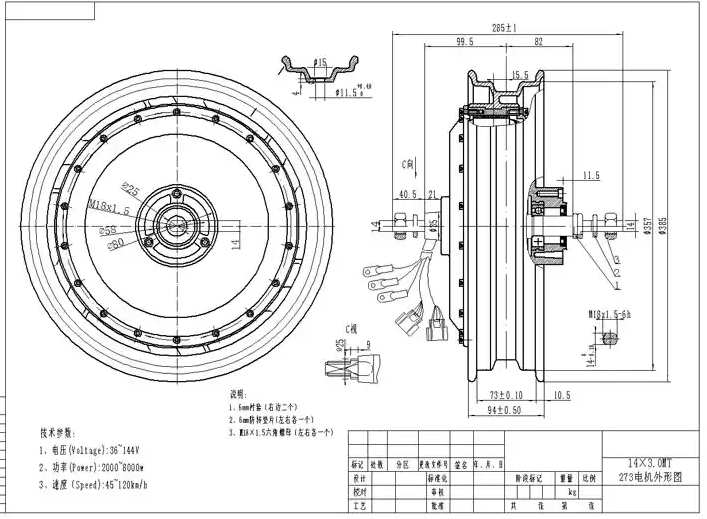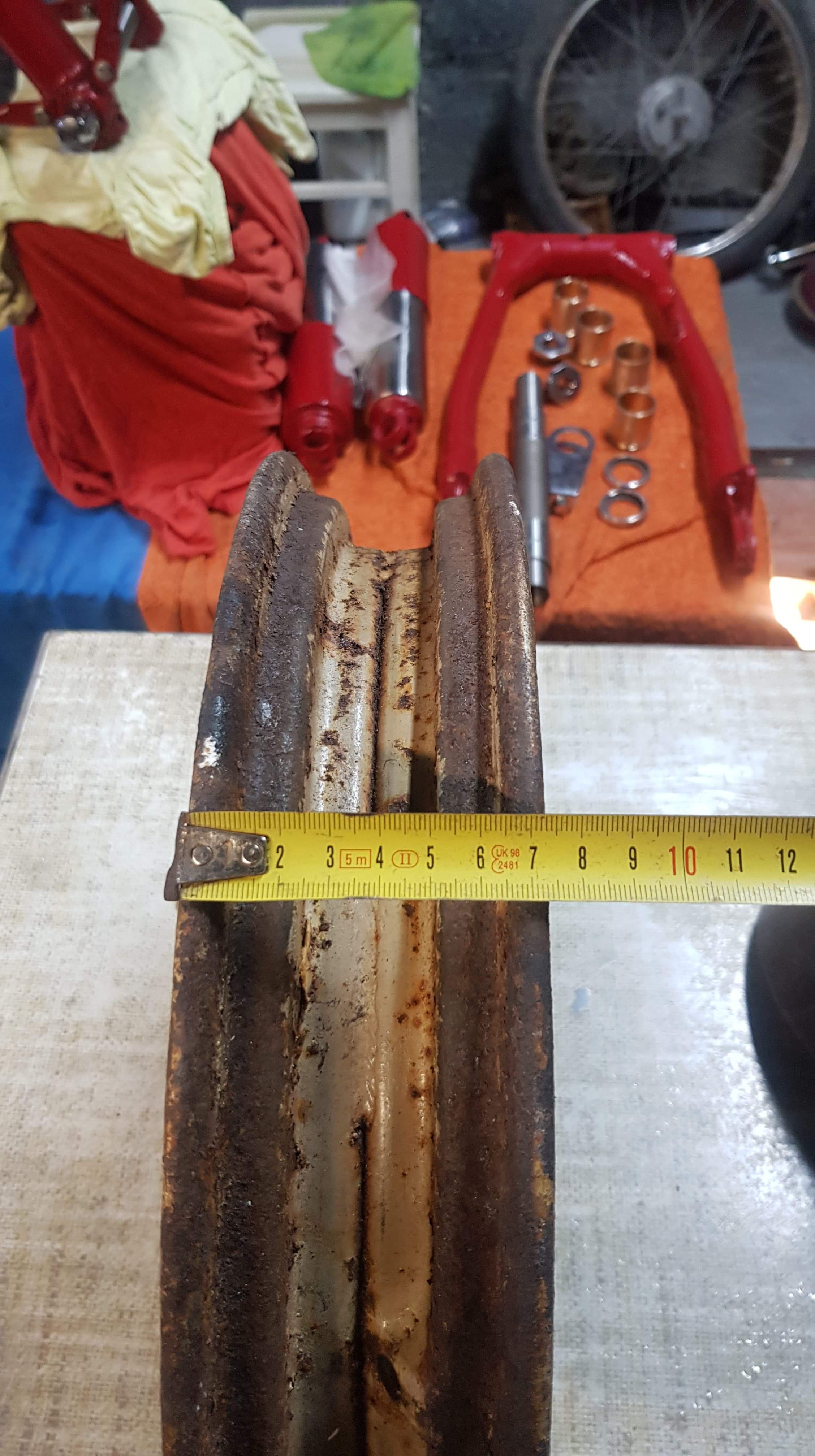Hello all!
First a bit about me - my name is Filip and I live in Scotland. I am very passionate about classic motoring - cars, scooters, mopeds, motorcycles, everything really. I am originally from Poland and I've got a few old cars there that I love driving about - I try and tinker too but I am utterly useless at it, so try and leave it to professionals (bit embarrassing since I am a Mechanical Engineer by trade!).
I was thinking about converting a classic car for ages, but never really had the guts to pull the trigger on it - the cost just seemed to scary for something that may or may not pan out. That is when I realised I could do something that is cheaper but equally exciting - convert a two wheeler. I thought about simpler mopeds, bigger bikes etc. but with all of them I was really worried about space for the battery - this is when I thought that a scooter will be a perfect solution. And when scooters go, there is only one choice in Poland really, and it's the beauty of a WFM Osa.
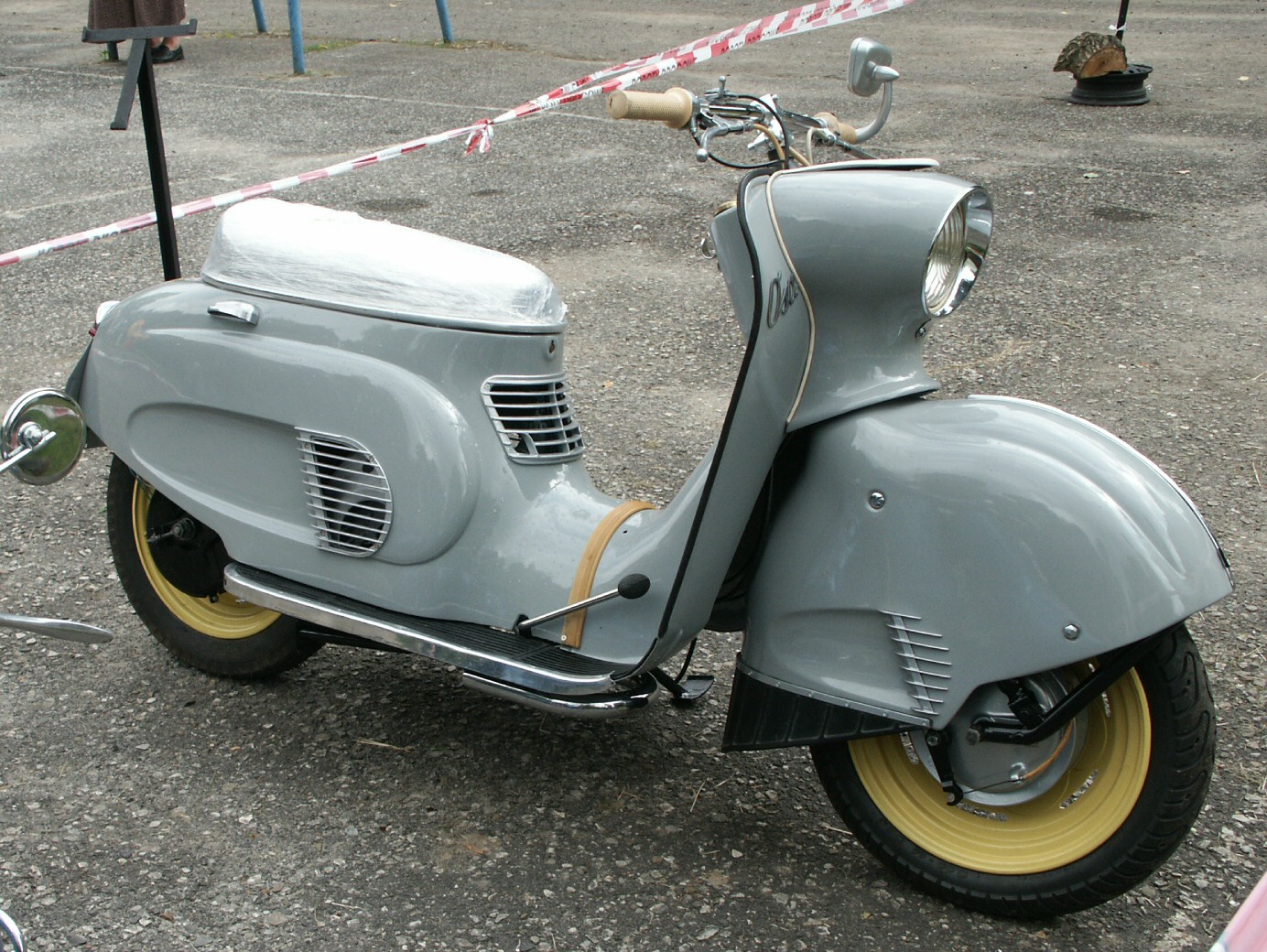
So here I am - I pulled a trigger on what can only be described as a jigsaw version of the one above. I am very excited about it and mocked up a bit of a plan for this conversion:
1) The scooter has originally 14" wheels, with about 200mm clearance in the rear forks. This matches perfectly with a QS 273 rear wheel motor and that's my plan for this conversion. I think I'd go for a whole conversion kit from QS, including the controller, throttle and brake. Can't decide on the power though - the original bike had a 6kW ICE engine, but that's peak power. If I go for a 6kW electric, isn't it going to be a beast?
2) Battery - for range I was thinking 100km would be great. This is a heavy bike too, so I was thinking 72V but for the Ah I'll pretty much go with how much I can cram in it - 100Ah would be great. I was thinking to use EIG pouch cells, which are screw terminal - I'd need 100 of the 20Ah 3.7V cells.
3) BMS - Literally no idea on this one - I googled it for a bit and there is a great variety out there. Can anyone advise a suitable candidate?
4) Charger - not too fussed about rapid charging to be honest, a simple charger that doesn't take up too much space is what i am after.
I'd like to add tasteful mods to the bike too - replace the lights with an LED version (guessing a DC-DC converter will be needed for this), maybe add an RFID mechanism for starting the bike. I want to keep the looks but bring the mechanics into the XXI century.
One thing that keeps me up at night is making this road legal - the conversion will take place in Poland, but I have means of registering it in a few EU countries (family scattered all over Europe) - where is the best place to get this done?
I will try and keep this post up to date with progress that I am making - it might be slow at the start but hopefully once things get moving it will pick up the pace.
For the closing statement, I just wanted to highlight that I am a complete newbie to the electric conversions - if I made some gross errors of judgement please do let me know, I am here to learn and will listen to any and all advice you guys have
First a bit about me - my name is Filip and I live in Scotland. I am very passionate about classic motoring - cars, scooters, mopeds, motorcycles, everything really. I am originally from Poland and I've got a few old cars there that I love driving about - I try and tinker too but I am utterly useless at it, so try and leave it to professionals (bit embarrassing since I am a Mechanical Engineer by trade!).
I was thinking about converting a classic car for ages, but never really had the guts to pull the trigger on it - the cost just seemed to scary for something that may or may not pan out. That is when I realised I could do something that is cheaper but equally exciting - convert a two wheeler. I thought about simpler mopeds, bigger bikes etc. but with all of them I was really worried about space for the battery - this is when I thought that a scooter will be a perfect solution. And when scooters go, there is only one choice in Poland really, and it's the beauty of a WFM Osa.

So here I am - I pulled a trigger on what can only be described as a jigsaw version of the one above. I am very excited about it and mocked up a bit of a plan for this conversion:
1) The scooter has originally 14" wheels, with about 200mm clearance in the rear forks. This matches perfectly with a QS 273 rear wheel motor and that's my plan for this conversion. I think I'd go for a whole conversion kit from QS, including the controller, throttle and brake. Can't decide on the power though - the original bike had a 6kW ICE engine, but that's peak power. If I go for a 6kW electric, isn't it going to be a beast?
2) Battery - for range I was thinking 100km would be great. This is a heavy bike too, so I was thinking 72V but for the Ah I'll pretty much go with how much I can cram in it - 100Ah would be great. I was thinking to use EIG pouch cells, which are screw terminal - I'd need 100 of the 20Ah 3.7V cells.
3) BMS - Literally no idea on this one - I googled it for a bit and there is a great variety out there. Can anyone advise a suitable candidate?
4) Charger - not too fussed about rapid charging to be honest, a simple charger that doesn't take up too much space is what i am after.
I'd like to add tasteful mods to the bike too - replace the lights with an LED version (guessing a DC-DC converter will be needed for this), maybe add an RFID mechanism for starting the bike. I want to keep the looks but bring the mechanics into the XXI century.
One thing that keeps me up at night is making this road legal - the conversion will take place in Poland, but I have means of registering it in a few EU countries (family scattered all over Europe) - where is the best place to get this done?
I will try and keep this post up to date with progress that I am making - it might be slow at the start but hopefully once things get moving it will pick up the pace.
For the closing statement, I just wanted to highlight that I am a complete newbie to the electric conversions - if I made some gross errors of judgement please do let me know, I am here to learn and will listen to any and all advice you guys have


